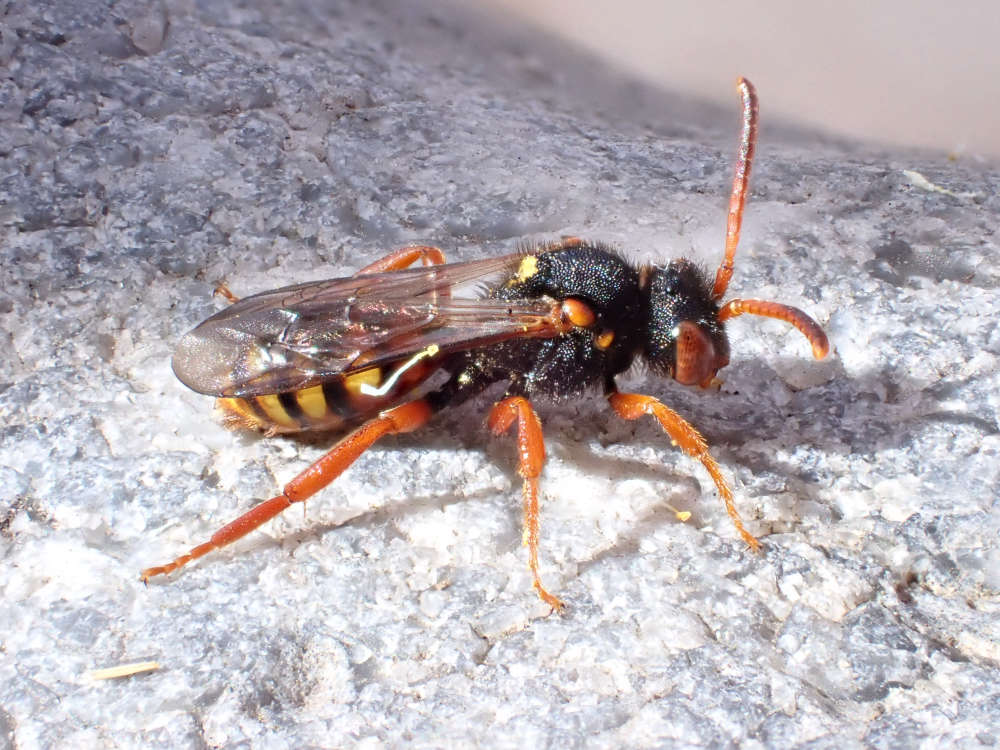
A group of dedicated citizen scientists have been working with two of Ashdown Forest’s rarest birds to track their populations and check on the health of forest.
The Dartford Warbler and Nightjar are indicators of the vitality of the forest as they depend on the area’s unique heathland landscape.
The Ashdown Forest Bird Group have carried out their annual Dartford Warbler survey while a number of volunteers, coordinated by the Conservators of Ashdown Forest came together to survey the Nightjar population.
The surveys are essential to chart the population numbers of the birds. They are protected by The Wildlife and Countryside Act 1981 and are on the UK conservation amber watch list.
The surveys revealed that wherever there is suitable habitat on the forest, the Dartford Warbler is found. With the size of the forest there should be many more territories, and so the long-term management of the rare heathland is critical.
Meanwhile the number of Nightjar territories is down from the number recorded in 2010. This is a concern as the birds are vulnerable to disturbance by predators and human visitors.
James Adler, Ashdown Forest Chief Executive said:
“It’s so rewarding to have local people helping us get accurate population numbers of these two incredible species. The presence of these birds really highlights the value of Ashdown Forest’s lowland heathland. We will continue to work to maintain the landscape and ensure the future of these beautiful birds.”
Ashdown Forest has an international reputation for its heathland and biodiversity and currently has the protection of a number of international and national conservation statuses – including Special Protection Area (SPA), Special Area of Conservation (SAC) and the UK’s Site of Special Scientific Interest (SSSI).
“Having significant numbers of Nightjars and Dartford Warblers on Ashdown Forest means that we keep this very special place protected. Without them and the protective status they bring with them, the forest and its surrounding landscapes as we enjoy them today would be under threat. They act as the guardians of the forest. We need to increase the populations of both of these charismatic bird species which will mean finding more funding for the Forest and focusing deeply on our management.”
“We will shortly be unveiling our vision for Ashdown Forest and looking at how we can all work together to ensure this jewel in the crown of the Sussex landscape continues to thrive and adapt to the challenges of the future”.

 PHOTOS: Ed Sheeran Makes Surprise Visit To Brighton School
PHOTOS: Ed Sheeran Makes Surprise Visit To Brighton School
 Hove Bar Licence Reviewed After Years Of Complaints
Hove Bar Licence Reviewed After Years Of Complaints
 Record Number Of Wild Swimming Spots Designated As Bathing Sites - With Three More In Sussex
Record Number Of Wild Swimming Spots Designated As Bathing Sites - With Three More In Sussex
 Council Calls On West Sussex Residents To Consider Fostering
Council Calls On West Sussex Residents To Consider Fostering
 Meghan, Duchess Of Sussex, Says Nigeria Is 'My Country' On Visit With Prince Harry
Meghan, Duchess Of Sussex, Says Nigeria Is 'My Country' On Visit With Prince Harry
 Two Men Wanted In Connection With Hastings Fatal Collision
Two Men Wanted In Connection With Hastings Fatal Collision
 M25 Reopens Seven Hours Ahead Of Schedule
M25 Reopens Seven Hours Ahead Of Schedule
 More 'Live' Bus Information Screens To Be Installed In West Sussex
More 'Live' Bus Information Screens To Be Installed In West Sussex
 Rare Bee Found In Lewes
Rare Bee Found In Lewes
 Event Bookings Go Live For Worthing Festival ‘24
Event Bookings Go Live For Worthing Festival ‘24
Comments
Add a comment